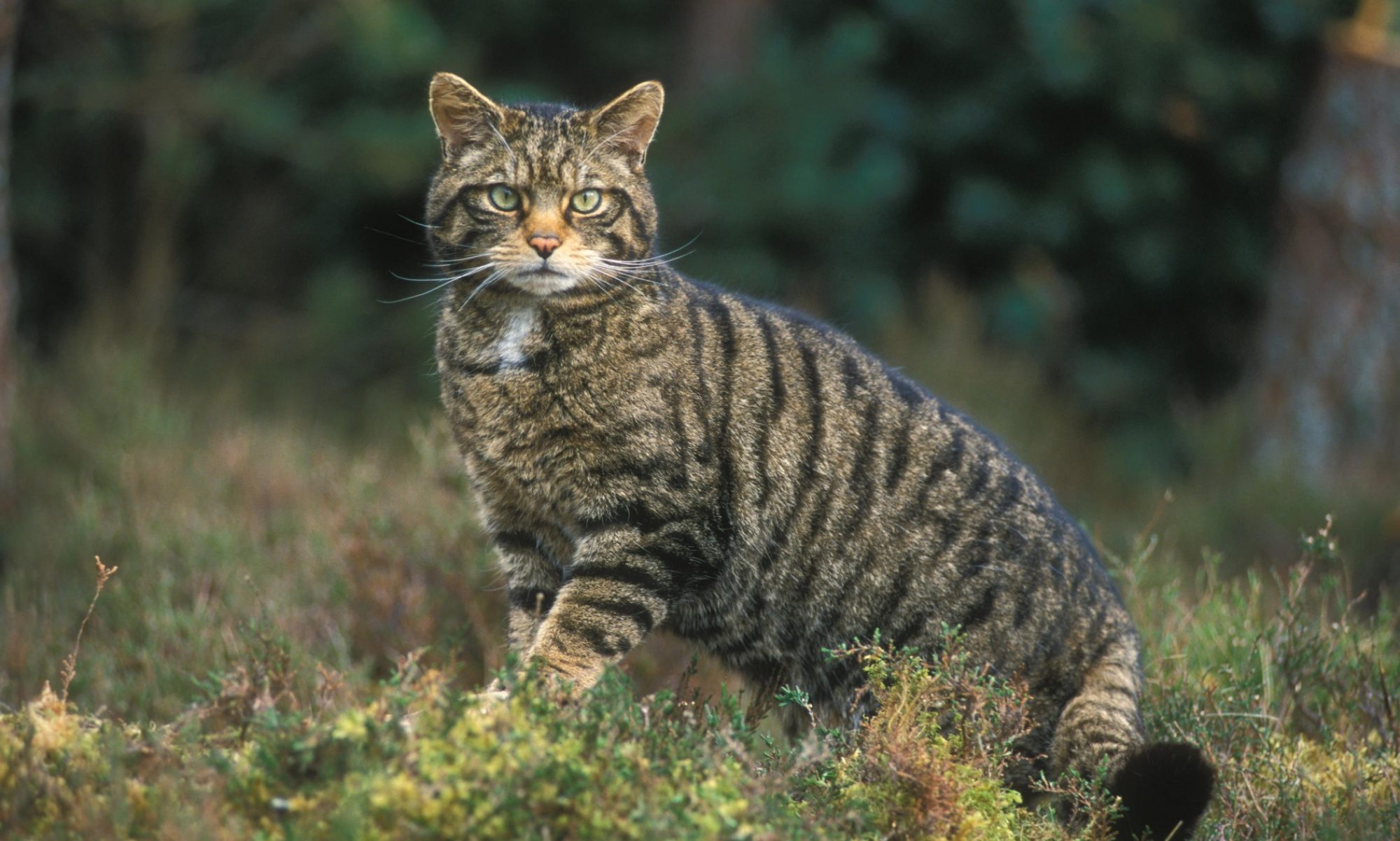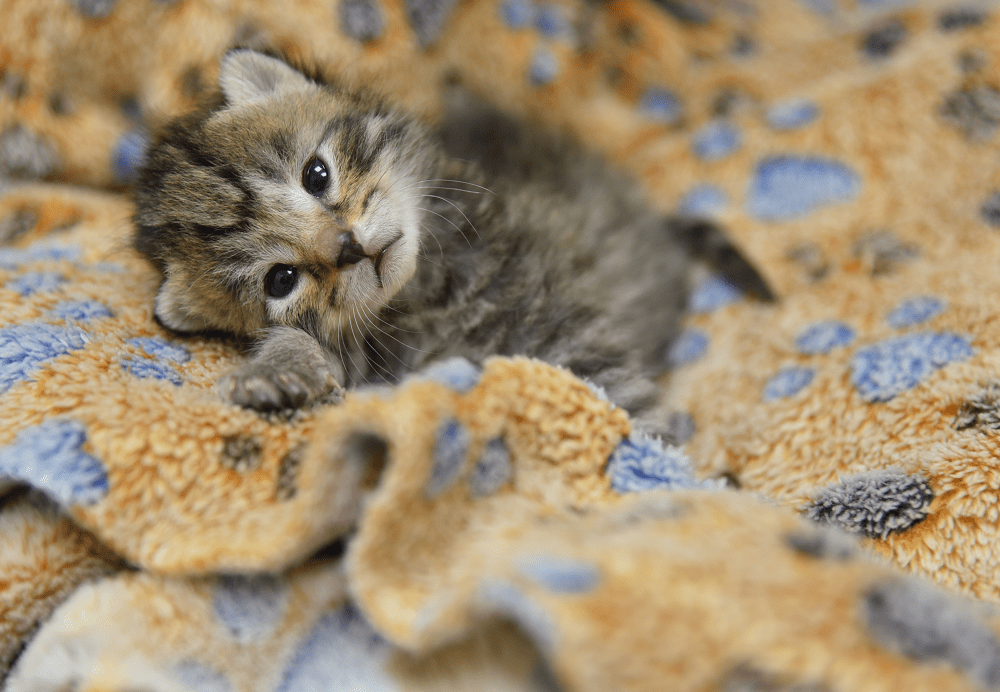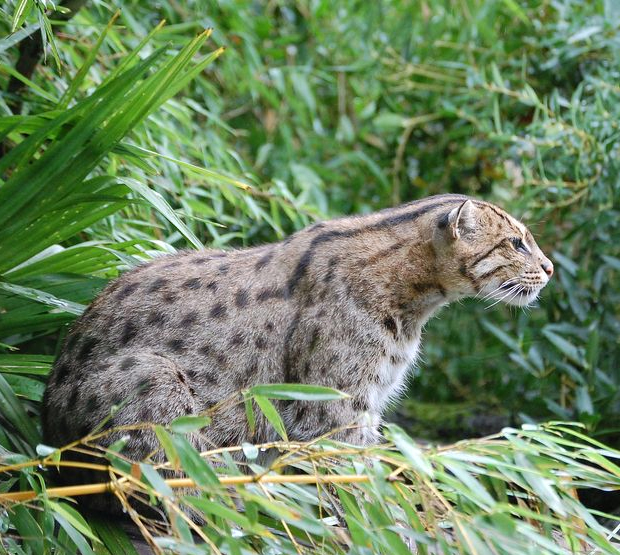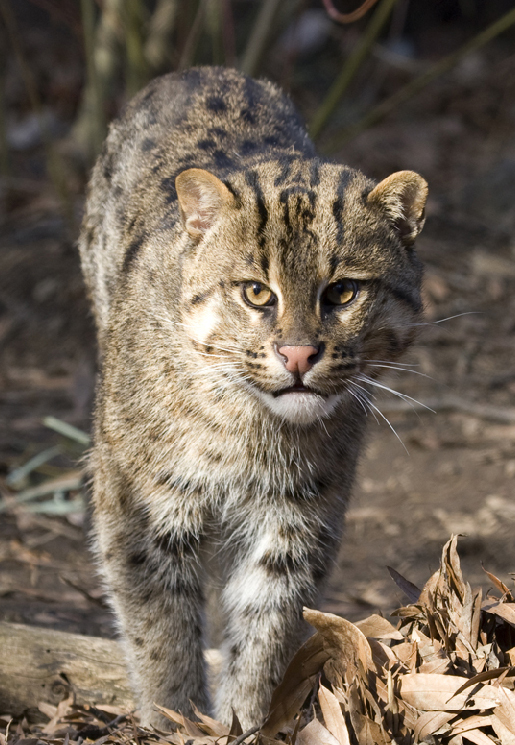We were so sad to hear of the passing of dear Paul O’Grady that we wanted to include a tribute to this great man on our humble site.
This is just a short story about Paul and about the time he ventured into ‘the dark side’ or so said Battesea Dogs home … but we here like to think he ‘saw the light’ :-). So cover your ears Mrs Mog we may mention dogs . What is for certain is that Paul loved all animals and kept many kinds at home including five dogs, pigs, sheep, chickens, goats, alpacas and even owls.
Paul O’Grady made viewers of For the Love of Dogs jump back in their seats when he ventured into Battersea’s Cattery (for the first time) and fell in love with a pair of orphaned kittens.
Sadly, at the time, as the kittens began to find their feet and as Thomas thrived, it became clear that Toby was struggling more than his brother as he was unsteady on his feet and his head wobbled uncontrollably. Expert vets said this kittten’s rare condition (passed on from his mother) would hopefully heal completely, but it would take time.
Paul took to these tiny creatures and, as he did with many of the dogs he encountered on his travels, wanted to take them home with him.
Born to a working-class Irish migrant family in Tranmere, Cheshire, Paul James O’Grady MBE DL moved to London in the late 1970s, initially working as a care officer for Camden Council. He developed his drag act in 1978, basing his comic character of Lily Savage on the antics and personalities of his female relatives.
Touring England as part of drag mime duo ‘The Playgirls’, O’Grady then went solo as a stand-up comedian in the early 1980s. Paul went on to present a string of highly successful programmes across the BBC, ITV and Channel 4, including The Big Breakfast (1995–1996), Blankety Blank (1997–2002), and Lily Live! (2000–2001). After winning several awards more work followed, For the Love of Dogs (2012–2023), Paul O’Grady’s Animal Orphans (2014–2016), Blind Date (2017–2019), and Paul O’Grady’s Great British Escape (2020). He also published several books, including a four-volume memoir.
He was given a special recognition award at the 2018 National Television Awards for the impact the ‘For The Love Of Dogs’ series had on helping find homes for rescue animals nationwide.
His contribution to animal welfare was also recognised with an RSPCA animal hero award.
We remember Paul as host of his own Radio 2 show (Paul O’Grady on the Wireless) on every Sunday for many years. He was the most friendly and down to earth presenter in all of his shows, and always had an amusing story to share with us listeners. We just loved him.
Paul, your kindness and care for animals was inspirational to us all.
RIP







